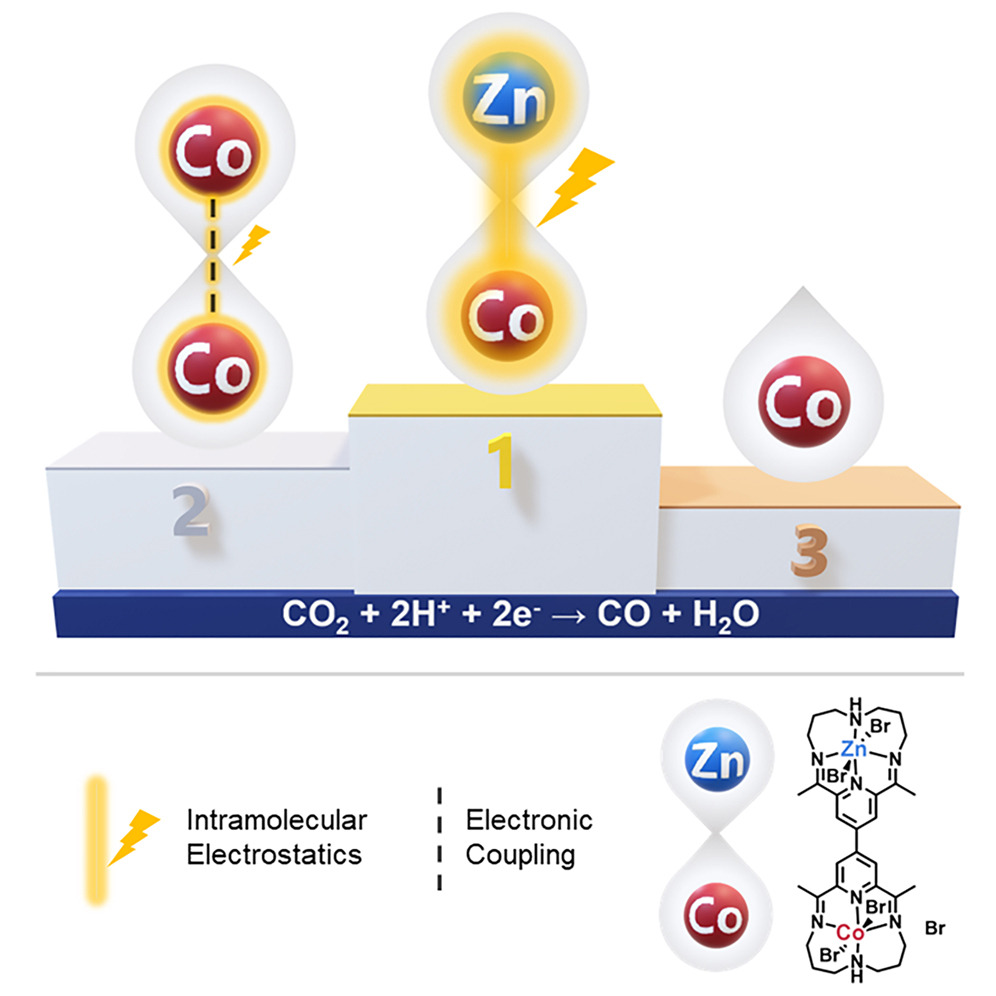A special preview of our work:
David S. Tresp, Demyan E. Prokopchuk*, Chem Catalysis, 2024, 4, 101053.
The biggest picture: Electrochemical CO₂ reduction reaction (CO₂RR) is a forward-looking solution to harness renewable energy to convert CO₂ into value-added products. Heterogenizing molecular catalysts within multimetallic architectures, such as covalent organic frameworks, is often promoted as a promising strategy for developing new catalytic materials with the reaction and product selectivity of discrete molecular catalysts but the activity of solid-state heterogeneous catalysts. However, unraveling the influence of intramolecular interactions, such as internal electrostatic effects, on catalytic activity remains a challenge. Herein, we have designed discrete homo- and heterobimetallic assemblies in which we can directly probe the influence of intramolecular electrostatics on catalytic activity. This work also provides a sustainable design strategy for multimetallic assemblies in which earth-abundant redox-inactive metal ions can be incorporated into multimetallic systems to boost catalytic activity.


